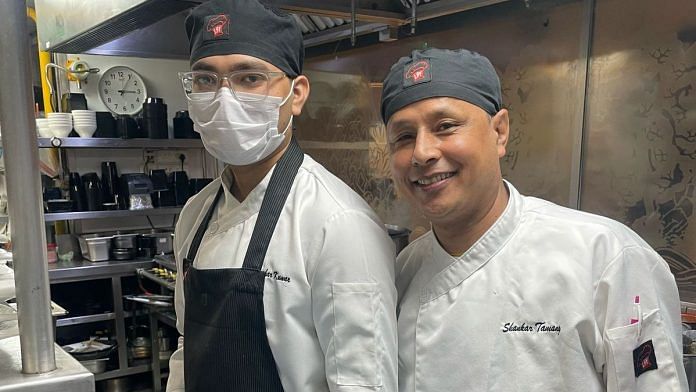New Delhi: When Korean guest houses started sprouting in India around two decades ago for Hyundai and Samsung employees, a battalion of ajummas—middle-aged Korean women—was flown in to run the kitchens. Their foot soldiers were Nepalese and North-Eastern helpers, chopping, cleaning, learning. Now, with Korean food catching on in a big way in India, those same workers are calling the shots in top restaurants.
At the swanky Hahn’s Kitchen in Gurugram, head chef Shankar snaps out instructions in brisk Hindi, slipping into Korean when he talks about food.
“Put the sundubu jjigae on the stove—let it simmer,” he instructs, his gaze shifting to a sous chef filleting a fish. “Slide the knife gently beneath the skin of the saeng-seon, make a shallow cut,” he calls out. “Follow the bone. Get the most meat.”
Originally from Nepal, he built his cooking chops under the watchful eye of an ajumma in the early 2000s. She, like many others, aged out of the job and moved home. But her lessons stayed.
The Nepalese and Northeastern helpers who once manned the Korean kitchen prep stations are now leading the new chopping upheaval in restaurant kitchens in India.
For years, they were the backbone of Indian Chinese cuisine, adapting Sichuan heat to local tastes and turning Manchurian into a national staple. And Korean food isn’t such a leap for them. Fermentation, bold spices, and umami-packed broths were already part of their own culinary traditions.
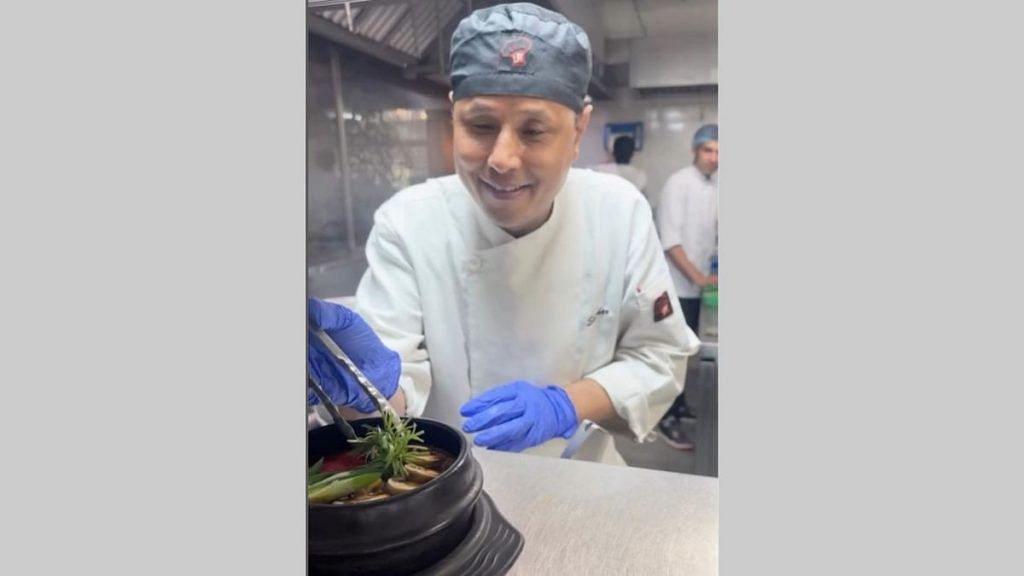
Korean restaurants in Delhi-NCR—Hahn’s Kitchen, Seoul Kitchen, Miso, Haru, Midam—have become training grounds for the next-gen of chefs. The veterans, primarily from Nepal, pass down their expertise to understudies from Nepal and North-Eastern states like Nagaland, Manipur, and Mizoram. With demand rising, these apprentices train for a year or more before being deployed to new and emerging Korean dining hotspots. It’s a sought-after field. Korean cuisine carries an air of exclusivity, is not easily mastered, and its specialised nature comes with a paycheck to match.
“In any other cuisine, someone with my experience would earn Rs 40,000–Rs 45,000. With Korean food, I make nearly a lakh,” said Shankar, who will complete 20 years in the business.
And in the restaurant world, appearances matter—the plate of food should match who is cooking and serving it.
“It’s not offensive. It’s just obvious. A layman can easily mistake people from the North-East or Nepal for Koreans. They don’t know the difference,” Shankar said with a half-smile.
Also Read: These chefs are done taking orders. They’re turning entrepreneurs
‘House helps’ to head chefs
Born in Nepal and brought up in Noida, 21-year-old Kamal was on the lookout for restaurant work when he got a lead from a community network—there was a job up for grabs at a Korean guest house in Chennai. He jumped at the opportunity. He had no formal training, but under the tutelage of an Ajumma and with sheer willingness to work, he picked up the craft.
“I learned Korean cooking from the ajummas at the guest houses,” Kamal told The Print.
Today, at 35, he leads the kitchen in Haru, a Korean restaurant in Gurugram’s South Point Mall.
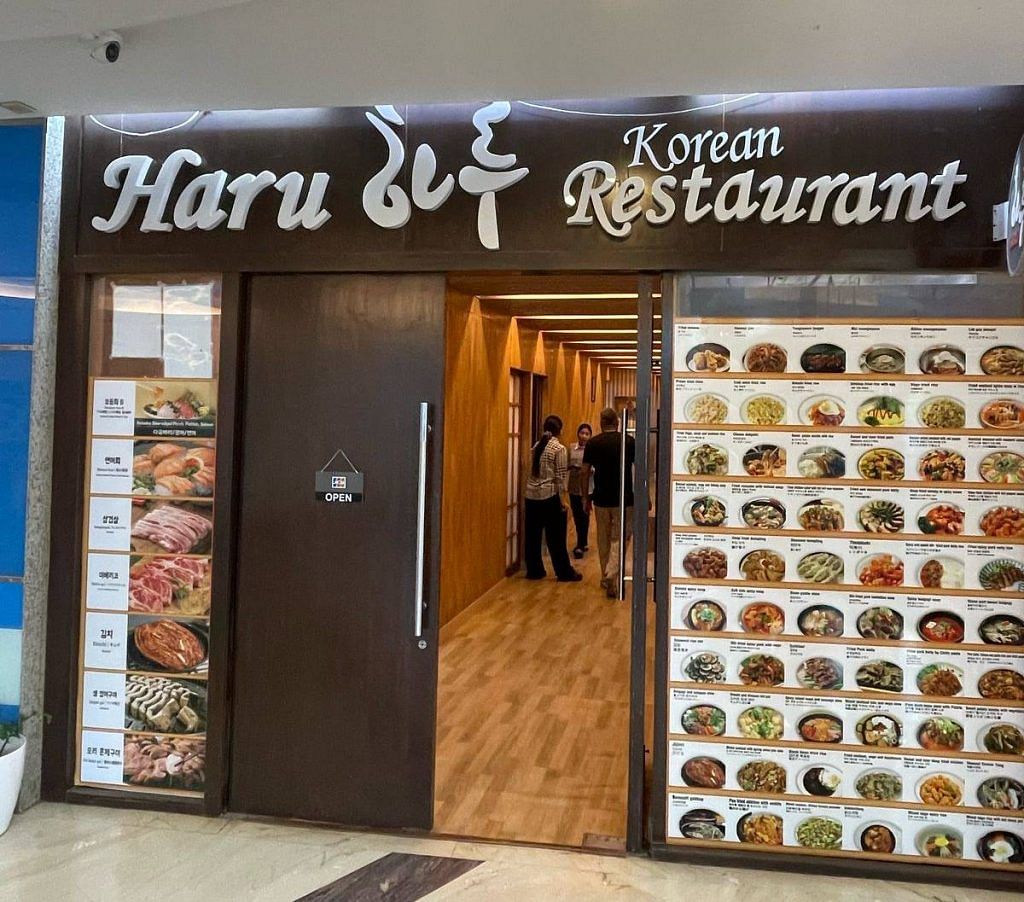
Chef Shankar’s journey was similar. He started as a kitchen helper at a Korean guest house, assisting an ajumma and absorbing her techniques. As demand for helpers grew, he helped others from his village get jobs in these guest house kitchens.
“This is maybe how the domination of one or two communities came into play,” Shankar said. “There weren’t many opportunities for us. This accidental employment opened new doors.”
For many in his community, he recalled, the alternative was working as full-time domestic workers or in factories—jobs with stable pay but little respect.
“Working in an international kitchen made the job at guest houses more respectable within our community as compared to being a house help or a factory worker,” he said.
Now he’s one of the most in-demand Korean chefs in Delhi-NCR. Every time a new Korean restaurant opens, Shankar gets calls from hopeful restaurateurs eager for his expertise. Over the years, he has trained chefs at some of the city’s top Korean restaurants, including Miso, Seoul Kitchen, and Gung The Palace.

At guest houses, Nepalese helpers were hired to clean and chop, but they picked up much more. When the ajummas returned to Korea, their former assistants took charge.
If Shankar is the backbone of Hahn’s Kitchen, Kamal is the one-man show at Haru—managing everything from chopping and cleaning seafood to balancing flavours.
Now, they’re passing those skills down.
“There are no courses or workshops to teach Korean food,” Kamal said. “Even if there’s a sushi-making workshop, we can’t afford it. These classes are for hotel chefs. For us, the learning happens in the kitchen—hands-on.”
The cutting edge
Before they can take charge of a bibimbap or bulgogi, trainee chefs have to perfect their knife work. Every fresher is first put on chopping duties.
“Six months minimum one has to spend to master the chopping,” Shankar said.
Korean cuisine often demands uniform, thin slicing to ensure even marination and quick cooking. Unlike in Chinese dishes, where ingredient sizes vary, or in Indian cooking, which frequently employs coarse dicing to release robust flavours, Korean food is all about delicate precision. This is especially crucial for dishes like kimchi and bibimbap, where consistency is key.
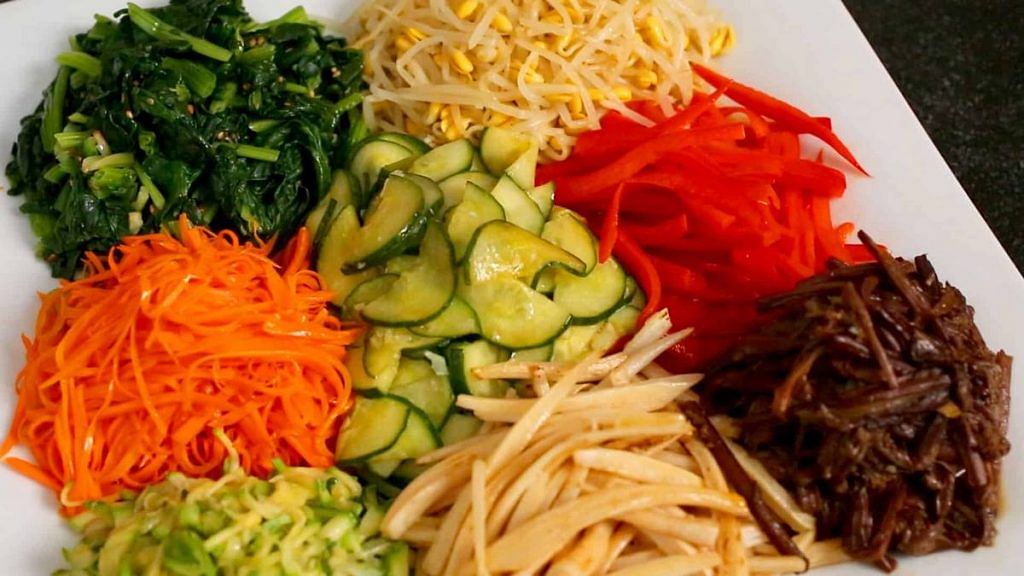
“We don’t put too much effort into plating, so our food needs to look aesthetic all by itself,” Shankar added.
Seafood is the biggest test of knife skills. Filleting a fish, treating prawns, cleaning squid—each task requires patience and finesse.
“Cleaning and cooking abalone is equally hectic,” Kamal said.
Next, the chefs are moved to the grill, which is an art that takes years to master. The cook on the meat can make or break a dish as well as the diner’s experience.
“The chefs should know the right amount of cook needed on a particular portion of meat. For instance, we serve 900 grams of chicken in a particular dish, and it’s not easy to cook. But, with regular experience, chefs pick up,” Shankar said. “There is no crash course. You have to keep trying.”
Training chefs in Korean cuisine is no easy task especially since it’s so different from Indian food, according to Lakshay, who manages operations at both outlets of Seoul Restaurant in Delhi—popular for dishes like chimac (fried chicken), dak galbi (gochujang-based stir fry), and tteokbokki (rice cakes).
“Chefs need to understand the different fermentation processes,” he said.
Korean cooking uses a variety of fermented ingredients, from kimchi and doenjang (soybean paste) to gochujang (chilli paste) and chongkukjang (fermented soybeans). The fermentation process depends on the ingredients and the desired flavour.
Then, according to Lakshay, comes the ability to “balance flavours”, techniques for cooking and grilling, and, most importantly, “understanding and making banchan (side dishes)” — a key element in Korean meals.
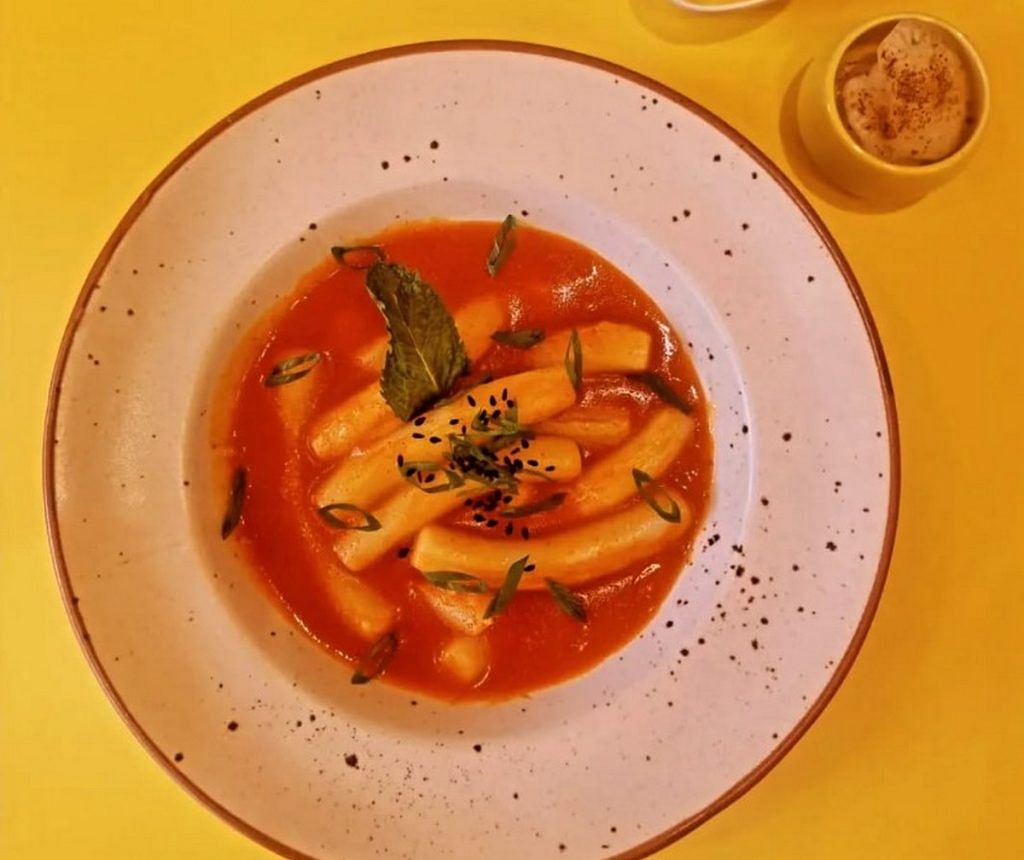
For Kamal, another essential skill is memorising the Korean names of ingredients and recipes.
Korean dishes use anywhere from three to thirty ingredients, he pointed out. And the sooner a chef memorises them, the faster they’re given the chance to cook for customers.
“It makes my life in the kitchen so much easier,” Kamal said. “I’ve grown so accustomed to using the Korean terms that it comes naturally. If someone doesn’t understand, I’m forced to translate, and that slows everything down.”
Money matters
Growing up in Noida, Kamal watched his father, a chef, master North Indian classics like butter chicken and dal makhni. By 20, he knew he wanted to be a chef like his father, but was keen to branch out from traditional North Indian cuisine.
“Salary is very less in North Indian cuisine. And its overpopulated,” he said.
With 10–12 years of experience, a chef making Indian cuisine typically earns Rs 25,000–30,000 a month. But in Korean kitchens, even a fresher starts at Rs 25,000, according to Kamal.
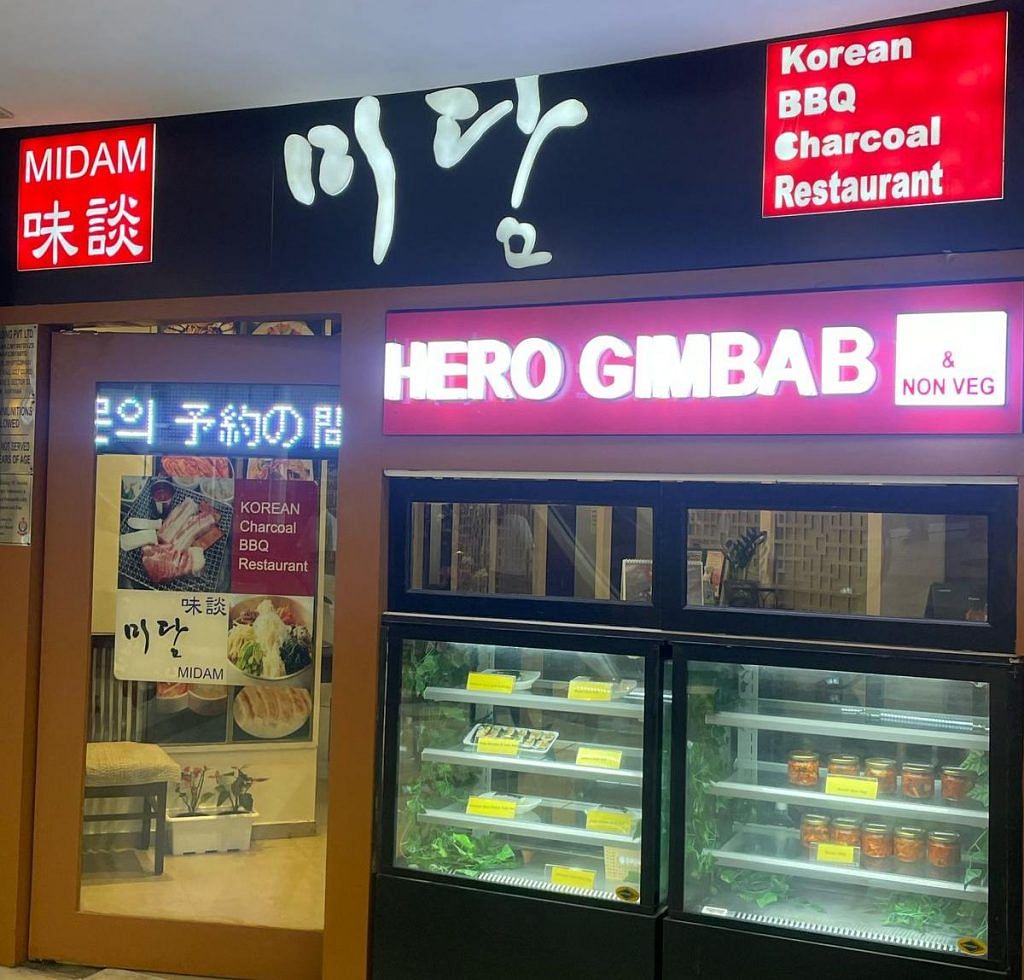
Having worked for eight years in the restaurant industry, Kamal makes Rs 45,000—more than his father ever did. But he’s not satisfied.
“I wouldn’t want anyone from my family to take this path,” he said with a thoughtful pause.
Despite the pay bump, he finds the work undervalued in India.
Over the years, he has trained several sous chefs, many of whom have moved to Saudi Arabia to work in Korean restaurants. They now earn double or even triple his salary.
“Here, the pay doesn’t match the hard work. It is better to learn and move abroad to work,” he said.
The gruelling hours and exacting nature of the work also take a toll.
“Running Korean kitchens is tiring and hectic,” Kamal continued. “The food, the flavours are complex. The preparations take hours. And then there are no off days. We get two holidays in a month.”
The Nepali domination
Twenty-four kilometres from Gurugram’s Golf Course Road—NCR’s hub of Korean restaurants—a cloud kitchen in Arjun Nagar has become the go-to place for authentic Korean cuisine for Delhiites.
It’s called Kia’s Korean, and its owner, Avnesh, has no background in Korean cuisine.
Having worked as a manager with several coffee chains, including Blue Tokai, he’d always dreamed of owning his own café. He did open one two years ago, Delhi Dine in Safdarjung Enclave, but decided to diversify when he noticed the growing craze for Korean food.
“To begin with, it’s healthy,” he said. “But now, people are eating it due to the K-drama and music craze. For some, it’s also about ‘class’.”
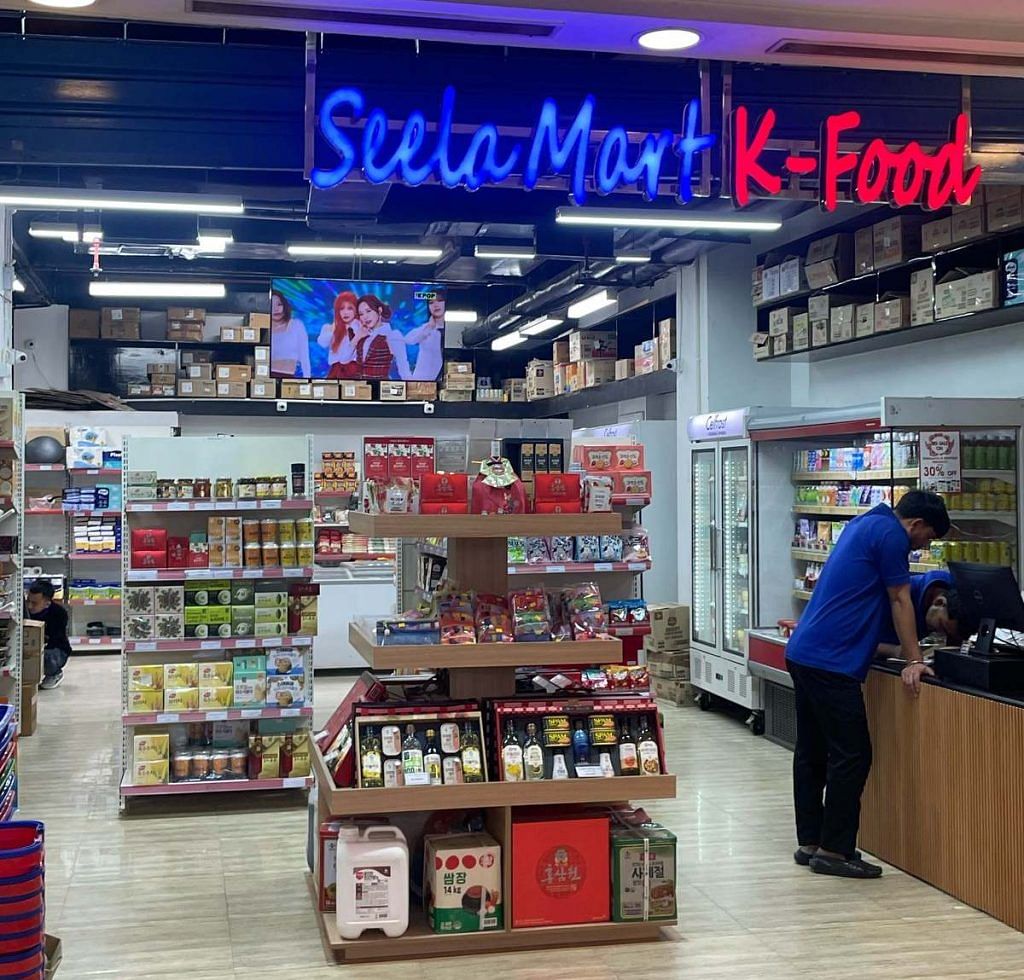
Authenticity, he claimed, is a secondary factor.
“Out of 100 people, 10 actually know real Korean flavours. The remaining 90 eat it because Korean and Japanese food has a certain bougie-ness linked to it.”
Avnesh launched the Korean cloud kitchen a year ago with two Nepalese chefs. Today, his team has grown to 12, a mix of Nepalese and Northeastern staff.
He’s convinced they’re better suited for Korean food than North Indian chefs.
“Korean food is spicy, but not in the same way as a chicken curry,” he said.
Avnesh pointed out that Korean cuisine also shares many similarities with Chinese food, a style that Nepalese and Northeastern cooks can prepare with their eyes closed.
He prefers workers from these regions from a business standpoint as well.
“They’re extremely hardworking, and they don’t constantly nag about money. Of course, you’d want people like that to make your business flourish,” he said.
Also Read: Indian chefs are inviting you home for food & stories. Pop ups are the newest dining trend
Chinese to Korean
Indo-Chinese food has long spiced up Delhi’s dining scene—from street stalls to full-fledged restaurants—with cooks from Tibet, Nepal, and the Northeast behind the woks and sizzling sauces.
Food writer Sourish Bhattacharya first encountered Indo-Chinese food as a child in the 1970s at Golden Dragon in Vasant Vihar.
“The cooks who were passed off as Chinese chefs were actually Tibetan and their understudies were Nepali,” Bhattacharya said.
He added that Tibetans opened restaurants in New Aruna Nagar—better known as Majnu Ka Tila (MKT)—in the late 1950s and early 1960s when they were resettled there as refugees after fleeing Chinese rule. Meanwhile, Nepalis took charge of Indo-Chinese eateries.
“Then the influx from the North-East started,” Bhattacharya said. “And, Arjun Nagar bordering Safdarjung Enclave became the hub of people from the states known as the Seven Sisters.”
As Indo-Chinese restaurants proliferated, many from these communities ran both the kitchens and the front ends. Now with Korean food being all the rage, young people from the north-eastern states have started evolving their skillsets.
At most Korean restaurants, while the head chef is Nepalese, the support kitchen staff are from Manipur, Mizoram and Nagaland.
“It pays to be a ‘Korean chef’ because it sets you apart from the crowd consisting of Indo-Chinese cooks from Darjeeling and Uttarakhand,” Bhattacharya said. “The label now comes with a cachet—for ‘Korean chefs’ are still hard to come by.”
(Edited by Asavari Singh)



